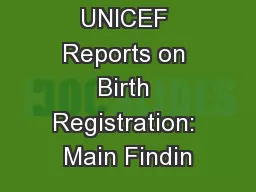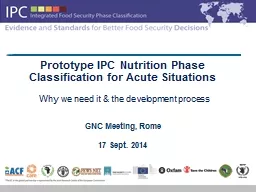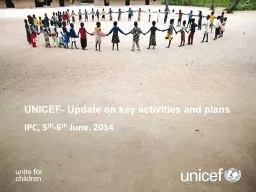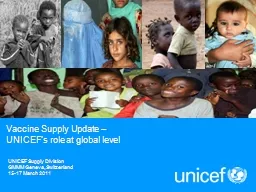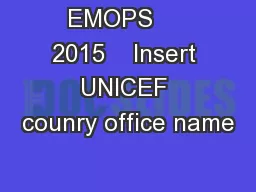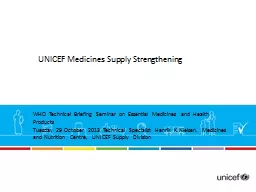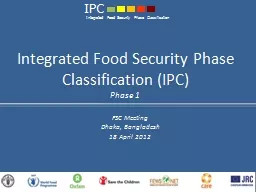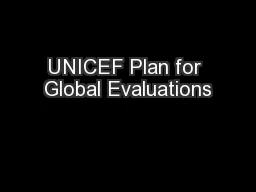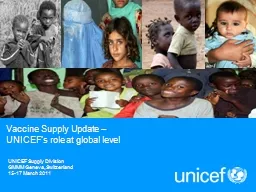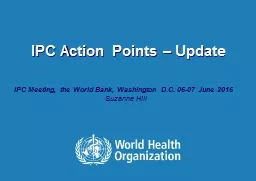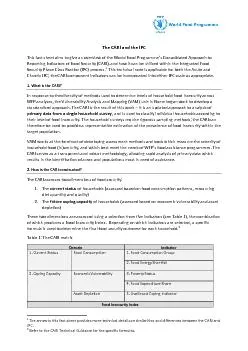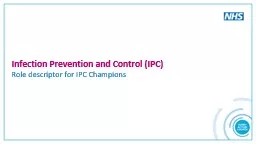PPT-UNICEF Update IPC Meeting
Author : myesha-ticknor | Published Date : 2018-11-21
Washington 67 June 2016 UNICEF expenditure by material groups 2015 Global amp local warehousing amp transport Kitpacking targets Reduce leadtime Health kitpacking
Presentation Embed Code
Download Presentation
Download Presentation The PPT/PDF document "UNICEF Update IPC Meeting" is the property of its rightful owner. Permission is granted to download and print the materials on this website for personal, non-commercial use only, and to display it on your personal computer provided you do not modify the materials and that you retain all copyright notices contained in the materials. By downloading content from our website, you accept the terms of this agreement.
UNICEF Update IPC Meeting: Transcript
Download Rules Of Document
"UNICEF Update IPC Meeting"The content belongs to its owner. You may download and print it for personal use, without modification, and keep all copyright notices. By downloading, you agree to these terms.
Related Documents


